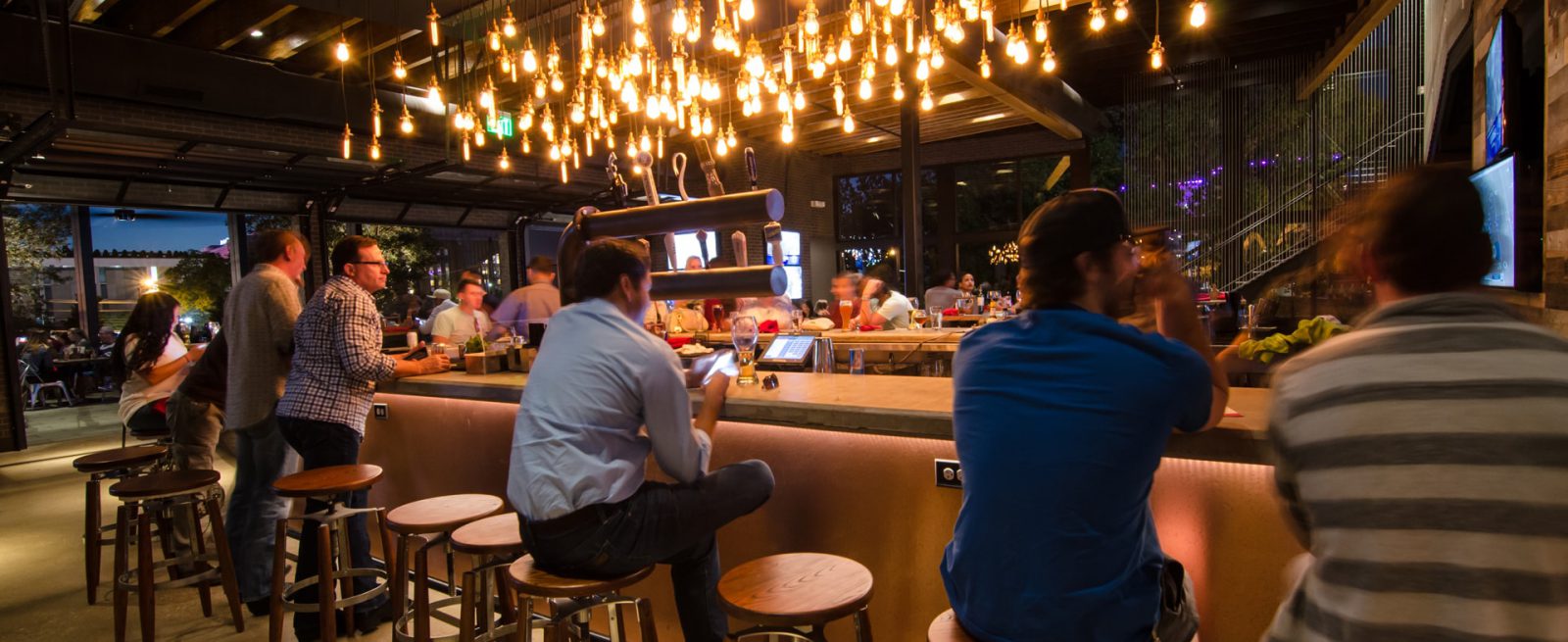Challenging Status Quo in Design
2 Min Read By MRM Staff
John Paul Valverde and Miguel Vicens, creative directors of Coevál Studio, are design rebels always up for a challenge.
“We try to not follow others,” Valverde told Modern Restaurant Management magazine. “We don’t pick items from a brochure and just create specs. We have to work with very tight budgets and be creative.”

The branding, architecture and interior design firm specializing in restaurant design is attracting attention in the Lone Star state. Among the studio’s projects are The Rustic, a multifunctional destination, and Design District nightlife spot, Quill.
Everything in a restaurant is about guest experience from the food and service to the shapes and colors of the space.
“Our team is very diverse on different aspects of design and operations,” said Vicens. “We have a mix of interior designers, graphic artists, brand directors and architects and we like to make sure all the components and our backgrounds work together when developing a new project.”
Coevál creates concepts by getting to know its client and visualizing the space through their eyes to capture a connected approach for guest and staff alike.
“A group that works on a brand, interior and architectural space together understands why each one has to be cohesive with one another,” explained Valverde.” When everything works together and the space talks to each other, it makes the experience a lot more interesting for the guest. Everything in a restaurant is about guest experience from the food and service to the shapes and colors of the space. Making all the elements work together creates a better experience that keeps guest coming back. Simple, subtle things can make a huge impact.”

The firm’s biggest challenge to date: Happiest Hour, a 12,000-square-foot restaurant with a 3,000-square-foot patio, billed as the largest patio bar and lounge in Dallas.
“We consider Happiest Hour our most challenging project because there are four principal areas for the guest experience in this extremely busy concept: the dining room, covered patio, second floor lounge and patio, all overlooking the beautiful Dallas skyline,” said Vicens. “The challenge was to encompass synergy in all of the areas while keeping the feeling of a somewhat intimate environment.”
Both Valverde and Vicens have experience working and managing a restaurant so they understand the importance of having efficient, organized back-of-the-house workflow and space layout that works for operator and guest.
“We think the approach is very different although both guest and employees need to feel a sense of belonging,” said Valverde. “A guest spends on average 45-60 minutes having dinner. So the experience needs to hit the guest immediately and leave you with something that lingers when they leave. Could be the music, the energy or the color of the wall that was in front of them. We focus on this and challenge ourselves from day one to make sure it is memorable.”
Added Vicens: “With an employee workspace the impact should be enjoyable. Keeping an employee engaged by offering different areas or works pods lets them roam. Sitting at a desk for eight hours is boring. We shoot to keep them engaged by letting them disconnect into the different work environments.”


